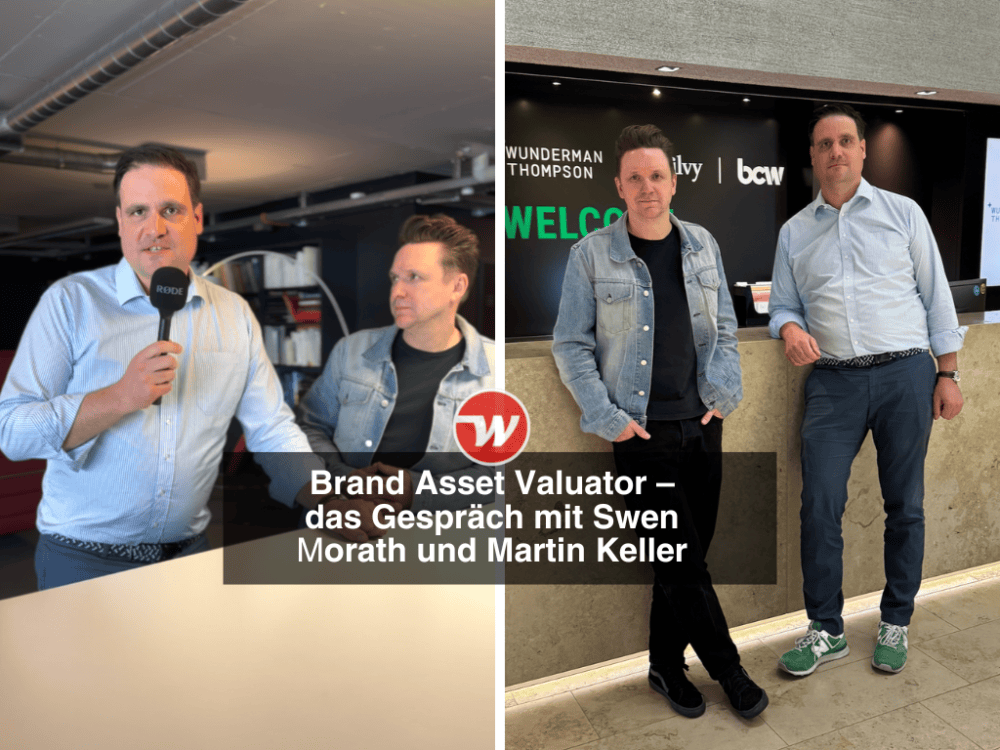Why the engagement rate is not the measure of all things
In his guest article, Philip Papendieck, CEO of the influencer marketing agency Intermate, addresses the contradictions and ambiguities that are hidden behind the value of the engagement rate. He argues for a new view of other KPIs with more significance and explains what is really important in the evaluation and measurability of campaigns.

Hardly any other marketing discipline has been so controversially discussed in recent years and at the same time so hyped as influencer marketing. So it fits in well with the picture that, according to a survey of the German Digital Industry Association (BVDW), two-thirds of companies want to spend more money on influencer marketing this year. With the growing interest in influencer marketing, reliable KPIs are more in demand than ever. In recent years, one metric in particular has been cited more and more often: engagement rate. Today, however, the engagement rate is undisputedly seen as the most important KPI. It has increasingly become a buzzword in influencer marketing. It's time for new indicators.
In influencer marketing, some numbers are clear from the start. Followers, the number of agreed posts and the average engagement rate are considered guidelines. The engagement rate reflects the ratio of the number of followers to the number of interactions and provides an initial assessment of how active an influencer's community is. In the early days of Instagram, awareness of the variance in the difference between likes and followers was not as pronounced as it is today. And the number of influencers was manageable; the need for KPIs beyond pure follower numbers simply didn't exist.
Today, the picture is different: there are influencers who have millions of followers and there are influencers who are highly relevant in a small community. For both, engagement rates can be similarly high. While one influencer gets at most a like or a "nice" as a comment from his followers, the other influencer stimulates his own community to exchange content about a product with his post. This distinction in content and "quality" of engagement is not possible with the pure "numerical" engagement rate.
But there are not only differences in the age group, but also in the various subject areas, the activity level of the followers varies. Our own analysis has shown that posts in the areas of fashion, beauty and gaming in particular have a comparatively high level of interaction - up to twice as much as the area of education, for example. The average engagement rate for gaming posts is 5 percent, and 4.6 percent for fashion. Travel (3.8 percent), food (3.3 percent) and FMCG (3.2 percent) make up the midfield.
The engagement rate must therefore be supplemented and refined by various factors in order to be truly meaningful. First of all, there should be a way to exclude negative feedback from the campaign evaluation. With a sentiment analysis, the mood of each comment can be shown and negative comments can be filtered out for the evaluation.
An evaluation of the content of the comments in relation to the brand, product and campaign shows whether important terms or content from the campaign have found their way into the comments. Campaign-relevant mentions show active engagement and are naturally much more meaningful for the success of a campaign than the pure engagement rate. Multiple comments from one and the same person, for example, are not considered in a differentiated manner with the simple engagement rate, but are of course of great importance for the final evaluation.
Sentiment and content analysis is therefore essential for qualified statements about the success of a campaign. Furthermore, it is a good method to exclude social bots during the evaluation.
Besides sentiment and content, conversion is the third important aspect for the success or failure of a campaign. How many users click on the post or buy the advertised product? Here we see once again: Engagement rate is not everything, because even a high activity level is not a sure indicator of a good sale.
It may be because some influencers have quieter but more eager-to-buy followers than others, but the engagement rate and the conversion rate are often significantly different. The younger the target group and the more expensive the advertised product, the greater the spread between engagement and conversion. When selecting influencers for a campaign, special attention should be paid to the target group and not just the engagement rate. Young users may be more communicative and like more, but they are not always willing or able to buy.
Finally, an evaluation can also be made via another quantitative measurement value: the impressions. Until now, this metric has often only been included in the final reporting of a campaign. In the meantime, however, it is possible to obtain important figures such as real impressions and reach via interfaces to the influencers' business profiles. For this, they must be willing to release their data for evaluation, but close integration also has advantages for both sides. Influencers have to spend less time on evaluation if agencies have direct access to this data. If a campaign does not deliver the planned success, service providers can intervene with a more targeted playout of social ads and address new target groups beyond the organic reach. Of course, this concrete data on impressions and reach is also very popular with clients. And it is precisely this actual reach that we should put into relation with the interaction, not the followers, for example, because this then results in a much more meaningful and, above all, more comparable engagement rate.
Even with this additional data, however, it is not possible to accurately predict a specific campaign course. As good as the data may be, no one can completely decipher the algorithm of the social media platforms. However, data-based analyses make it possible to intervene in the course of a campaign in advance in the course of selection and to readjust it after the fact if necessary. This data-driven approach shows that we have long since reached a very high level of professionalization in influencer marketing. The days of improvised approaches are definitely over.
All this shows: Engagement rate is not the all-important value by which to predict or measure campaign success. Instead, a look away from quotas toward qualitative values offers new insights. Sentiment and content analyses provide insight into what kind of engagement is taking place in the first place and whether the campaign has gotten through with its messages. Looking at the target group and conversion rate helps to differentiate between communicative and buying communities. The interaction of these values provides a good picture of the success of a campaign.
The Author: Philip Papendieck is Co-Founder and Managing Director of the agency Intermate as well as the Co-Founder of the production company Truemates. As a pioneer in the field of influencer marketing, he has built up Intermate , initially started as an agency for Instagram campaigns, into one of the leading German agencies for influencer marketing within a very short time. Complex campaigns are designed in an in-house creative unit and influencer activations are implemented on all social platforms, using technology developed in-house. The production of elaborate formats is done in-house with the specially founded production company Truemates. Philip Papendieck founded the agency in 2015 together with Allessandro De Pasquale and Jörn Mecher - initially under the name Insta Media.








